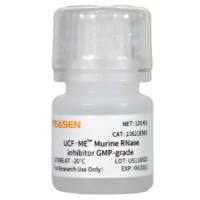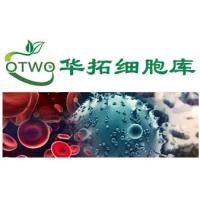Derivation and Characterization of Murine Alternatively Activated (M2) Macrophages
互联网
1358
Diversity in macrophage responsiveness to inflammatory stimuli has resulted in the description of a new paradigm wherein macrophages are referred to as polarized into one of two distinct phenotypes, classically activated (M1) macrophages and alternatively activated (M2) macrophages. Classically activated, M1 or “killer” macrophages are thought to play a critical role in destroying foreign organisms and tumor cells, while alternatively activated M2 or “healer” macrophages are thought to be important in debris scavenging, wound healing, and angiogenesis. M2 macrophages may also play key roles in chronic infections, tumorigenesis, and tumor metastasis. It is therefore important to establish models of M1 and M2 polarized macrophages to study their characteristics and amenability to manipulation. M1 macrophages are typically derived from myeloid progenitors with murine macrophage-colony-stimulating factor (M-CSF, also known as CSF-1), while M2 macrophages are thought to be derived from mature M1 macrophages by treatment with interleukin-4 (IL-4) or IL-13. M2 macrophages can also be isolated from SH2-containing inositol 5′-phosphatase (SHIP)−/− mice by harvesting macrophages from peritoneal lavage fluids or they can be derived from SHIP−/− bone marrow aspirate cells with addition of 5% human serum. Upon stimulation with lipopolysaccharide (LPS), M1 macrophages produce high levels of proinflammatory cytokines, low levels of anti-inflammatory cytokines, and high levels of inducible nitric oxide synthase (iNOS), which leads to nitric oxide (NO) production. M2 macrophages, on the other hand, express high levels of M2 markers Ym1 and arginase I (ArgI) and, upon stimulation with LPS, produce relatively lower levels of proinflammatory cytokines and NO and higher levels of anti-inflammatory cytokines. In this chapter, we describe methods used in our laboratory to generate and characterize alternatively activated (M2) macrophages.








